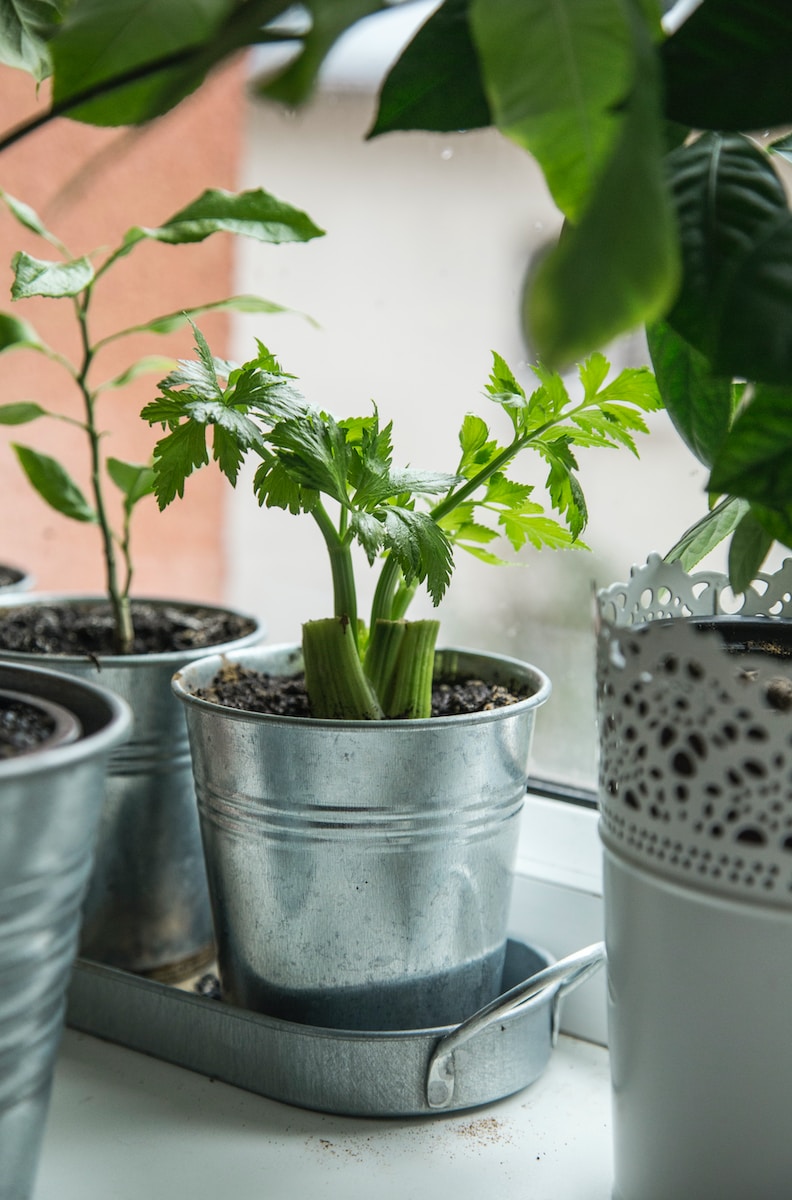Celery is a healthy and nutritious vegetable that is used in various dishes, including salads, soups, and stews. While it is commonly grown in gardens, it can also be grown in containers, making it an excellent choice for those with limited outdoor space. In this article, we will provide a comprehensive guide on how to grow celery in containers successfully.
Choosing the Right Container
The first step to growing celery in containers is selecting the right container. Celery requires deep and wide containers to accommodate its long and fibrous root system. A container that is at least 12 inches deep and 18 inches wide is ideal for growing celery. Make sure that the container has drainage holes to prevent waterlogging, which can cause the roots to rot.
Preparing the Soil
Celery thrives in well-draining, nutrient-rich soil. You can prepare the soil by mixing equal parts of compost, peat moss, and perlite. This mixture provides good drainage, moisture retention, and essential nutrients to the plant. Fill the container with the soil mixture, leaving about an inch of space below the rim.
Planting Celery Seeds
Celery seeds can be planted directly in the container or started indoors and then transplanted. If you choose to start the seeds indoors, sow them in seedling trays or pots 8-10 weeks before the last expected frost date. When the seedlings are about 4-6 inches tall, transplant them to the container.
If you choose to sow the seeds directly in the container, plant them about 1/4 inch deep and cover them with a thin layer of soil. Water the soil gently, and place the container in a warm, bright location. Keep the soil moist but not waterlogged.
Caring for Celery
Celery requires consistent moisture to grow well. Water the plant regularly, especially during hot and dry weather. Avoid getting water on the leaves, as this can cause them to rot.
Celery is a heavy feeder and requires regular fertilization. You can feed the plant every two weeks with a balanced fertilizer, or add slow-release fertilizer pellets to the soil.
Celery is susceptible to pests and diseases such as aphids, slugs, and celery leaf spot. Inspect the plant regularly and treat any problems promptly to prevent them from spreading.
Here are some tips to prevent and manage these issues:
- Aphids: These small insects can cause damage to your celery plants. Use an insecticidal soap or neem oil spray to control aphids.
- Slugs and snails: These pests can damage the leaves and stalks of your celery plants. Use a copper barrier or beer traps to control slugs and snails.
- Leaf blight: This disease causes brown spots on the leaves of your celery plants. Remove infected leaves and apply a fungicide to prevent the spread of the disease.
Harvesting Celery
Celery takes around 100-120 days to mature. Here’s how to harvest your celery:
- Wait until the stalks are at least 8-10 inches tall and the outer stalks are about an inch in diameter.
- Cut the stalks at the base using a sharp knife.
- Leave the inner stalks to continue growing.
Conclusion
Growing celery in containers is a fun and rewarding experience. With the right container, soil, and care, you can enjoy fresh and crisp celery right from your backyard. Follow these easy steps and tips to grow your own celery at home. Don’t forget to check out the external links for more information and resources on growing celery in containers!
FAQs
1. Can celery be grown in small containers?
No, celery requires deep and wide containers to accommodate its long and fibrous root system.
2. How often should I water celery in containers?
Celery requires consistent moisture, so water it regularly, especially during hot and dry weather.
3. What is the best time to harvest celery?
Celery takes about 16-18 weeks to mature, depending on the variety. The outer stalks can be harvested first, leaving the inner ones to continue growing.
4. Can I grow celery from cuttings?
No, celery cannot be grown from cuttings. It is grown from seeds or transplants.
